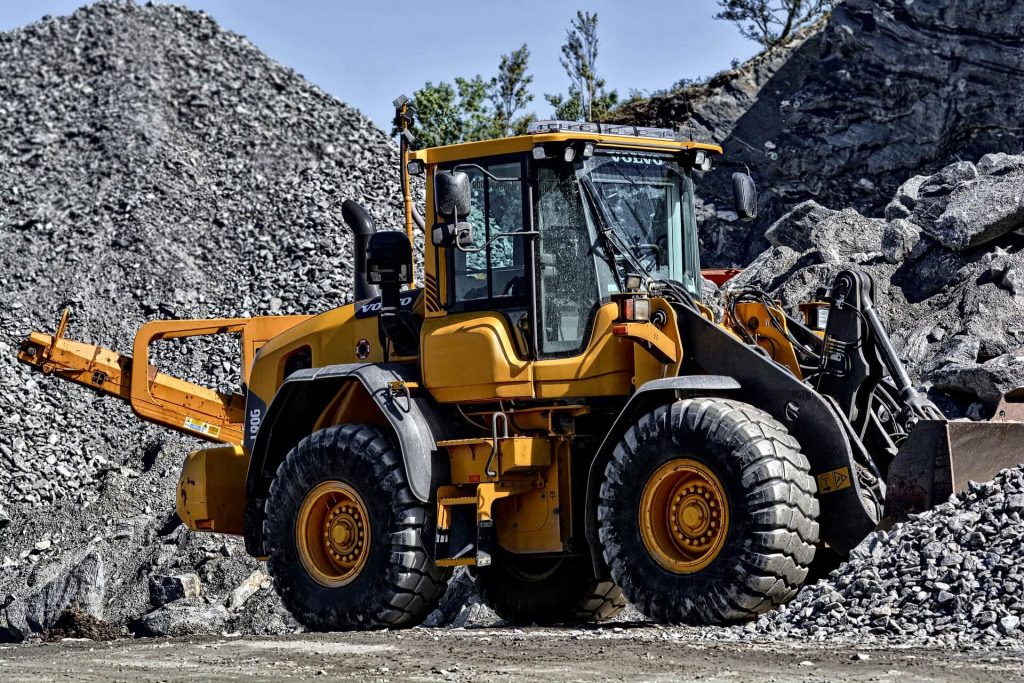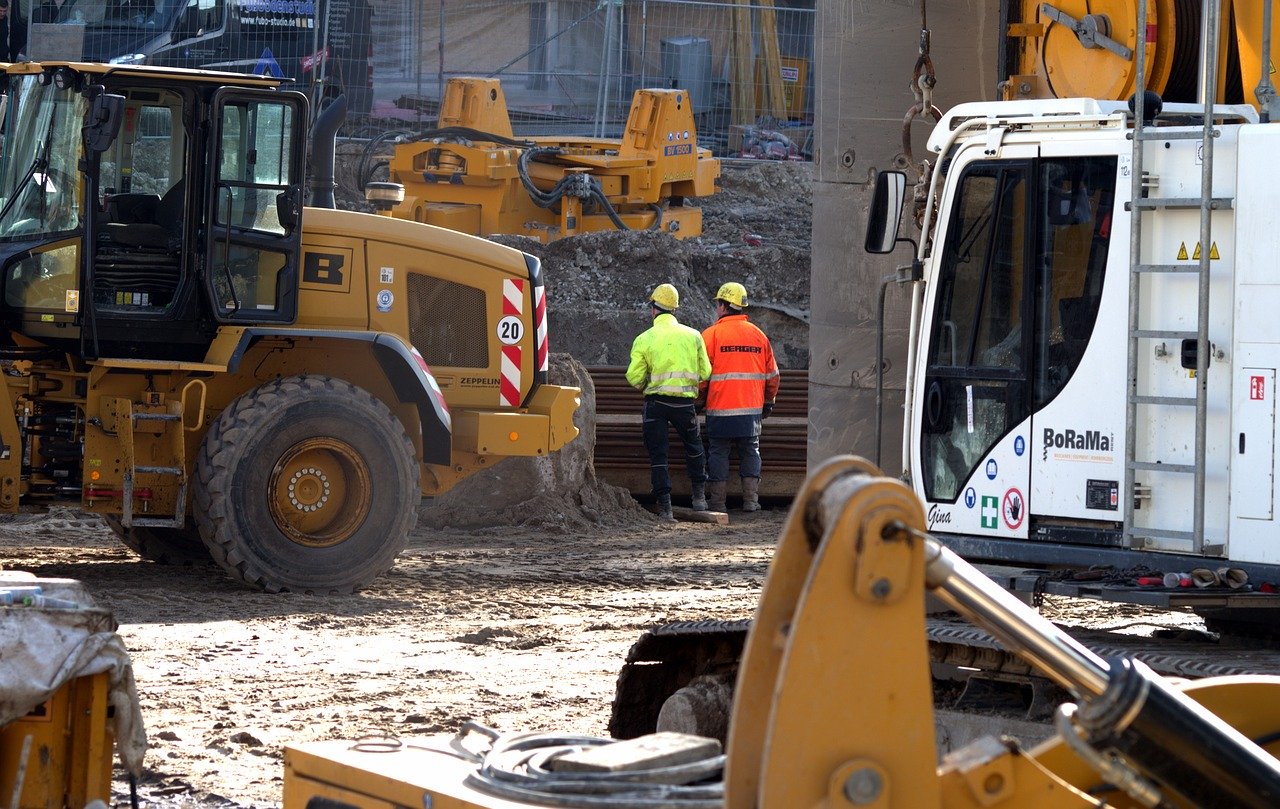Human beings have a problem with the following concept: out of sight, out of mind. It can be applied to a number of things, but we’re looking at it in the form of waste. When we throw something in the garbage and trudge the can to the end of the driveway once per week, it gets magically taken away and it’s gone. Then we repeat again and again, week after week, indefinitely. Except it’s not gone. It’s still very much here and very much a growing heap of trouble.
Troubles with trash
We like to build and consume at such a rapid pace that the waste we create at this blinding rate is becoming increasingly difficult to manage. One of the biggest culprits, the one we’re going to tackle today, is construction waste. Wherever you are, it’s a safe bet to say that something is being built, repaired, and/or torn down within earshot (or walking distance). The massive amounts of waste piled up from construction projects makes up a substantial portion of solid waste on our planet. Solutions to solving this growing problem aren’t being ignored, but we simply build things at a faster rate, causing us to improperly dispose of the old while making space for the new.

What it comes down to is that our planet is running out of space to keep out of sight what we want out of mind. What’s worse is that once it’s out of our sight, it’s hardly thought of again. That is, until the ghosts of projects past, present, and future all start haunting us at the same time. Our lack of foresight has put us in a waste pile predicament that could’ve been less gargantuan had we paid better heed years ago, but here we are now. Hence, the driving question we’re pursuing answers to: In the world of construction, how do we waste less?
Read also: 10 innovative construction materials
The answer lies in how we look at the question itself. We can’t wish away the piles that have already grown mountainous, but we can look at the way we approach future projects and the skeletons of past projects. Our most valuable asset is something we cannot touch, but can work to form in our favor: Big data. It’s a strange concept to wrap our minds around. How does data eliminate waste? How does it help construction? How do we make sense of it? What even is it?
Visualizing the first steps of the process isn’t so easy without some basic understanding of the core concepts of big data and its application to the construction industry. We’ll start small, get bigger, and wisk waste away with numbers, patience, and a little elbow grease.
A very simple big data breakdown
Big data is a technology buzzword that’s been thrown around the tech world for a while now, but is hardly limited to Silicon Valley types. Many people’s eyes glaze over and they see the scrolling alphanumeric green screens from The Matrix upon hearing Big data. Admittedly, any form of data is as useless as the movie reference without knowing what it is, how to use it, and what to use it for.
Traditional data
Traditional data is collected with a predetermined structure. That is to say that it’s collected and stored in pre-fixed formats that inform those fixed directives.

Big data
Big data is unstructured data, making the types collected not limited to certain pre-fixed formats. Basically, it’s the collection of a huge amount of different varieties of data and metadata (data about data), though not yet structured into insight driven information.
Big data is looking for specific needles in an ever growing haystack, mapping out how to look for the needles, and what to do with them if/when they’re found.
The difficulty of using big data is that there’s so much of it that it’s overwhelming to sift through and make meaningful decisions from; making meaningful structure from an unstructured mass.
Small steps and smaller successes
The construction industry can, and has, used big data to help solve the growing issue of waste, but often finds itself hung up trying to digest all of big data at once. David Post, the executive manager for Global Smarter Cities, agrees:
A lot of organizations think about everything at once instead of picking one thing to start off with. My recommendation would be to pick a couple of areas to focus on and master them to develop those core competencies that will help you scale up into different areas. Technology tends to be the easier part for most people, but it’s about how you integrate the technology into your way of doing business that many organizations struggle with.
Ambitious companies get hungry eyes and try tackling problems, data, and business strategies all at once, leading to ineffective decisions or a frustration-induced rage quit that returns them to the status quo. The waste that’s piled by the construction industry can’t afford the status quo any longer. Here are some ways big data is currently making a difference and will continue to develop further.
Project management
Multi-platform project management solutions in the construction industry make communication and planning more effective. When a construction company has several projects in progress as the same time, singular management is exceedingly difficult. Construction companies and tech companies are partnering to create such software platforms that allow this type of cross-functional access.
Material planning
It seems fairly simple, but the largest waste factor in building construction is poor material planning. Build only with what is needed, no more. It’s like the old adage “measure twice, cut once” but on a much larger scale. Access to the material needs and uses of previous projects allows future projects to be planned in accordance with that data, paring down unnecessary material acquisition moving forward, equally reducing potentially wasted building materials.
Find here: The experts have spoken: Now is the time to invest in construction
IoT
The Internet of Things (IoT) is changing how the construction industry collects data. Technologically optimizing construction processes leads to the collection of a great deal more data that will inform decisions that might’ve been missed by a thinly spread team of people across multiple projects. Using cloud connected things (worn devices, equipment, drones, modelling software, etc.) and collecting their information in a centralized location vastly reduces waste by eliminating the propensity for human error when more decisions can be made from one place, informed by the data sent from a network of interconnected devices. A significant boost against low productivity.
Partnership
Trash, recycling, and construction companies can work together to share data driven solutions to source recycled materials, refactor waste, and reduce the whole industry footprint. For a long time these three entities have been separate, sometimes competing, but with the goal of reducing waste and improving sustainable construction and disposal practices, they stand to be a powerful trifecta, championing the environment.
[clickToTweet tweet=”Ignorance and waste in the data arena translates to literal waste in time, physical garbage, and profits potential ️” quote=”Ignorance and waste in the data arena translates to literal waste in time, physical garbage, and profits potential ️”]
The point with all of these things is that big data is nothing without human intervention. Ignorance and waste in the data arena translates to literal waste in time, physical garbage, and profit potential. Unstructured data doesn’t hurt the earth, irresponsible construction and waste management processes do. Don’t fear the numbers. Have a goal, one at a time if need be, set a time frame, and dig into those numbers.
The long haul
As we look forward and strain our brains for solutions that aim to fix recurring problems like waste, it’s tempting to despair at the size of the problem. The business is already tough enough. There’s a noted relationship strain between certain groups in the construction business noted elegantly as, “Architects–who want to unleash their creative energy, engineers–who have to try and make it all fit together and not fall down again, and owners–desperate to keep costs from spiraling out of control.”
Big data stands to help ease the historical tension between these three parties, meanwhile streamlining a process that impacts the industry’s carbon footprint, slow chipping away at garbage mountain. Tough problems and tough solutions come together to be tackled by a tougher industry that has stood the test of time; keep your feet out there and help build a better world.





